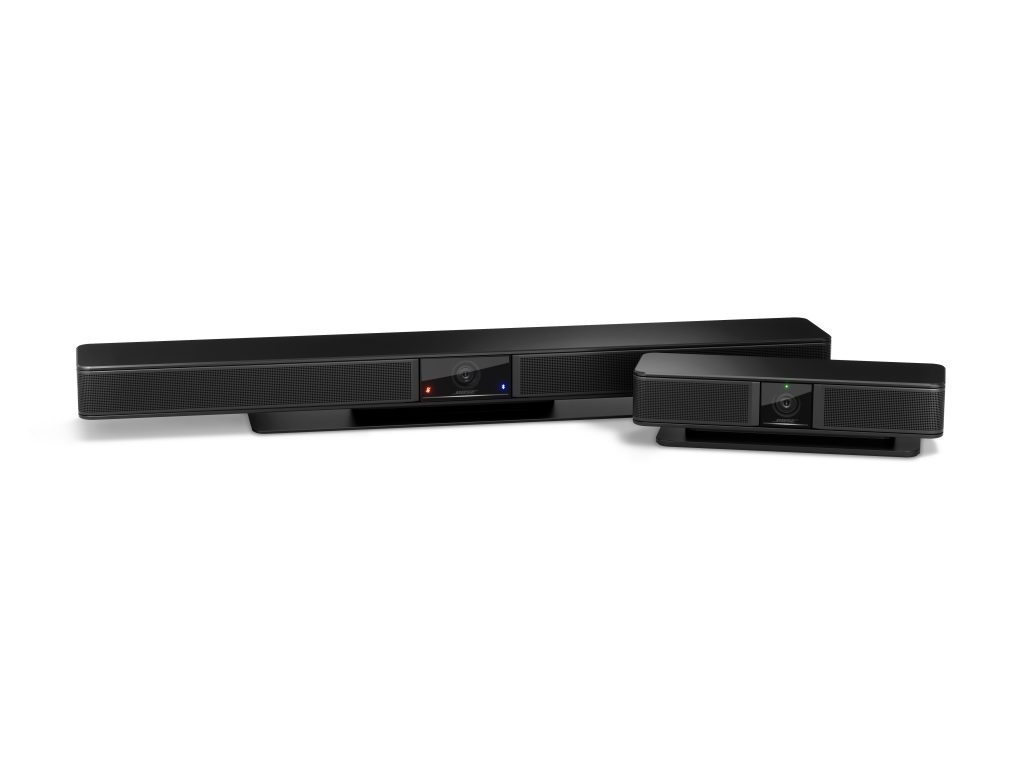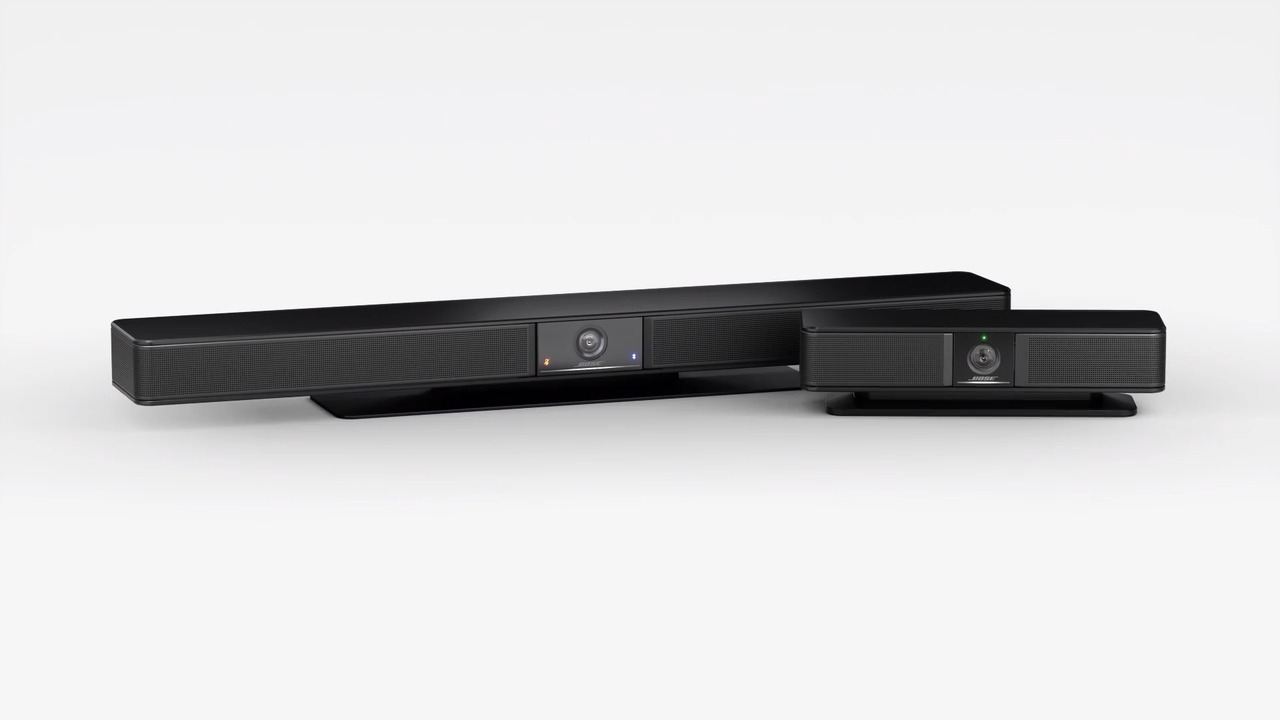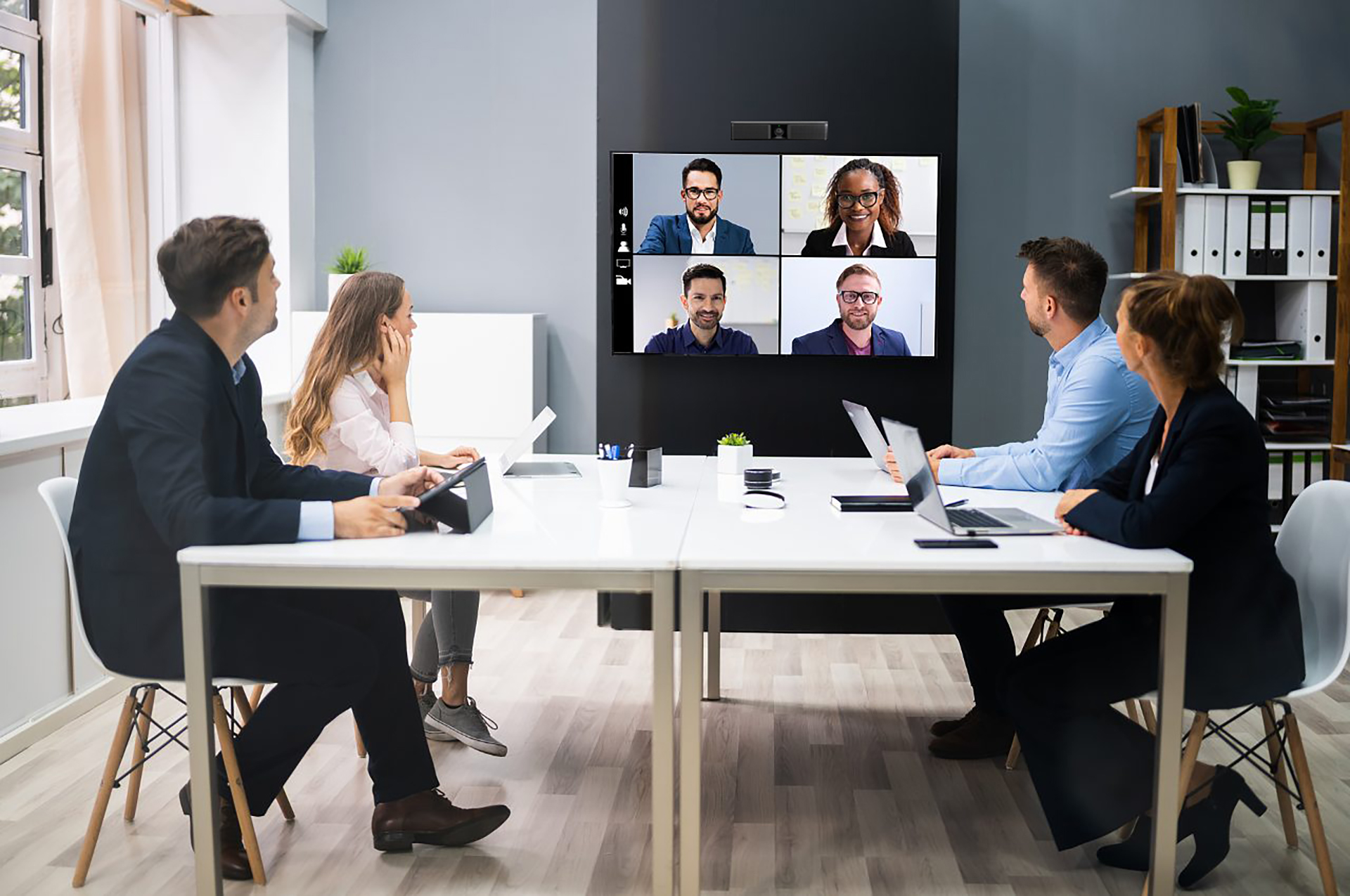
Creating Optimal Meeting Spaces In The Hybrid Workplace
In the rapidly evolving landscape of modern work environments, the hybrid workplace has emerged as a dominant model, blending the advantages of remote work with in-person collaboration. As businesses adapt to this new normal, creating optimal meeting spaces that foster effective communication and collaboration is of paramount importance. According to recent research from Microsoft, a staggering 66% of business decision-makers are considering redesigning their physical spaces to better accommodate the requirements of the hybrid workplace. To help you stay ahead in this competitive realm, we have compiled seven indispensable tips for designing and implementing meeting spaces that will elevate your organization’s productivity and success.
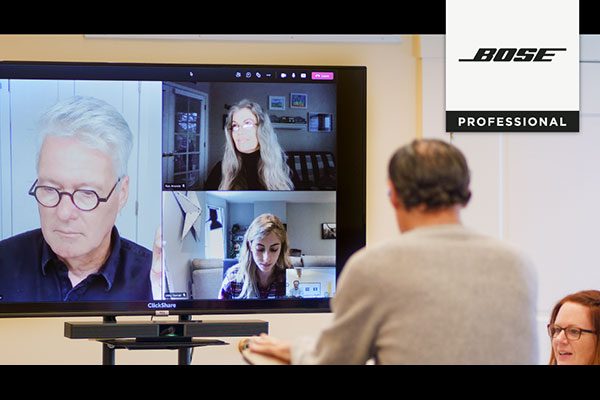
1. Identify Your Employees’ Collaboration Needs at Hybrid Workplace
Understanding the diverse collaboration needs of your teams is the first step towards designing optimal meeting spaces. Every team operates uniquely, and their meeting requirements may vary accordingly. For instance, a smaller team that frequently interacts may benefit from an all-in-one solution designed for huddle spaces, whereas larger teams might require a fully integrated, high-performance system for more spacious conference rooms. By identifying these specific needs, you can tailor the meeting spaces to cater to each team’s requirements, ensuring efficient collaboration.
2. Take a Fresh Look at Your Hybrid Workplace
The evolution of the hybrid workplace calls for a fresh perspective on what constitutes an ideal meeting space. While traditional conference rooms still hold their significance, the integration of huddle spaces and flexible communal areas has become increasingly valuable. Recent research by Microsoft indicates that 66% of business decision-makers are considering redesigning physical spaces to align with hybrid workplace requirements. Embracing the concept of adaptable meeting spaces allows for dynamic collaboration, fostering creativity and productivity among team members.
3. Consider Remote Workers’ Needs
In the hybrid work environment, remote workers play a pivotal role in collaborative endeavors. It is essential to acknowledge and address their unique requirements to ensure their inclusion and productivity. Microsoft’s research emphasizes that 1 in 10 employees lacks a reliable internet connection for seamless remote work. Consequently, organizations must account for this disparity by providing the necessary resources and infrastructure to bridge the connectivity gap. Furthermore, facilitating effective communication between remote and in-office employees is crucial to maintain a cohesive and productive work environment.
4. Evaluate Other Offices’ Requirements
If your organization has regional or satellite offices, it is vital to understand their collaboration dynamics and unique needs. Engage with these offices to gain insights into their preferred modes of collaboration and identify any specific requirements they may have. By re-envisioning their spaces to cater to the hybrid work setting, you can create a cohesive network of meeting spaces that seamlessly connect employees across different locations, enhancing collaboration and productivity.
5. Include Soundproofing and Optimal Lighting
Creating an environment that supports clear and uninterrupted communication is essential for effective meetings, whether in-person or virtual. Incorporating soundproofing measures ensures that background noise remains at a minimum, facilitating better audio quality and intelligibility. Moreover, sound masking techniques can provide a level of confidentiality, allowing for private conversations and sensitive discussions. Alongside soundproofing, optimal lighting is another critical factor to consider. Proper lighting conditions promote visibility, enable effective non-verbal communication, and enhance overall meeting quality.
6. Enable Integrated Conferencing
Selecting a conferencing system that seamlessly integrates with popular unified communications platforms such as Microsoft Teams, Zoom, and Google Meet is instrumental in facilitating effective collaboration. This integration streamlines the communication process, allowing teams to focus on the conversation itself rather than grappling with the technology. The learning curve associated with adopting the conferencing solution becomes gentler, enabling a smooth transition into hybrid meetings and maximizing productivity.
7. Consider a Conference Room Booking Solution
Investing in a conference room booking solution, such as hoteling applications or room scheduling solutions, can significantly enhance the efficiency of meeting space utilization. According to PwC, 50% of U.S. executives are planning to invest in such solutions. These applications allow employees to check the availability of conference rooms in real-time and book them in advance, minimizing the risk of double-bookings and ensuring that everyone has a dedicated space for important discussions. By implementing a conference room booking solution, organizations can streamline their meeting scheduling process and optimize resource allocation.
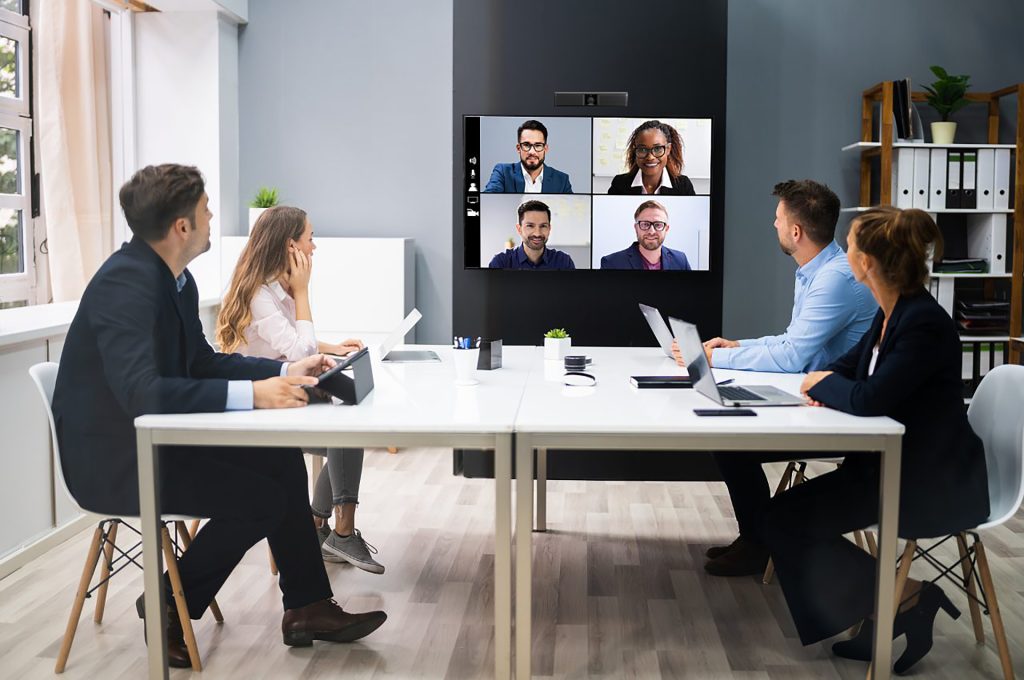
Creating Meeting Spaces for the Hybrid Workplace
The hybrid workplace has become a permanent fixture in the modern business landscape, necessitating careful evaluation of how meeting spaces support collaboration among geographically dispersed teams. By implementing the aforementioned tips, IT and facilities managers can design and deploy optimal meeting spaces tailored to the unique needs of their organizations.
The benefits of creating effective meeting spaces in the hybrid workplace are manifold. Not only do these spaces facilitate seamless communication and collaboration, but they also contribute to improved working relationships, increased job satisfaction, and enhanced productivity. When employees can easily connect, share ideas, and align on goals, the entire organization thrives.
To stay ahead of the competition and ensure your meeting spaces outrank others in terms of functionality and usability, it is crucial to prioritize the specific needs of your teams, embrace adaptable and flexible spaces, cater to remote workers, evaluate the requirements of satellite offices, incorporate soundproofing and optimal lighting, enable integrated conferencing solutions, and consider implementing a conference room booking system.
As the hybrid workplace continues to evolve, organizations must adapt their meeting spaces to meet the demands of this new working paradigm. By creating optimal meeting spaces that prioritize collaboration, inclusivity, and efficiency, businesses can empower their teams to thrive in a hybrid environment. With careful planning, thoughtful design, and the right technology, organizations can position themselves for success in the era of the hybrid workplace.
Bose Videobars
Check out our range of video conferencing solutions, including the Bose Videobar VB-1 and Bose Videobar VB-S. Link: https://proaudio.upsprocurement.com/product-category/all-products/conferencing/videobars/
